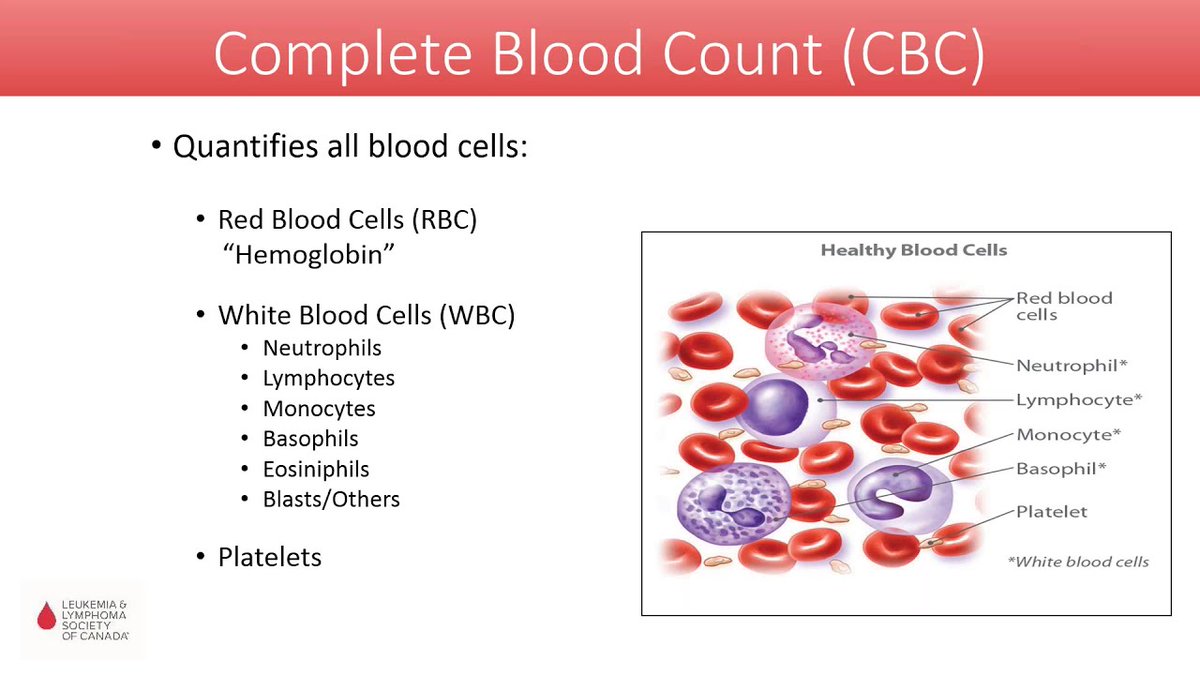How to get URL link on X (Twitter) App
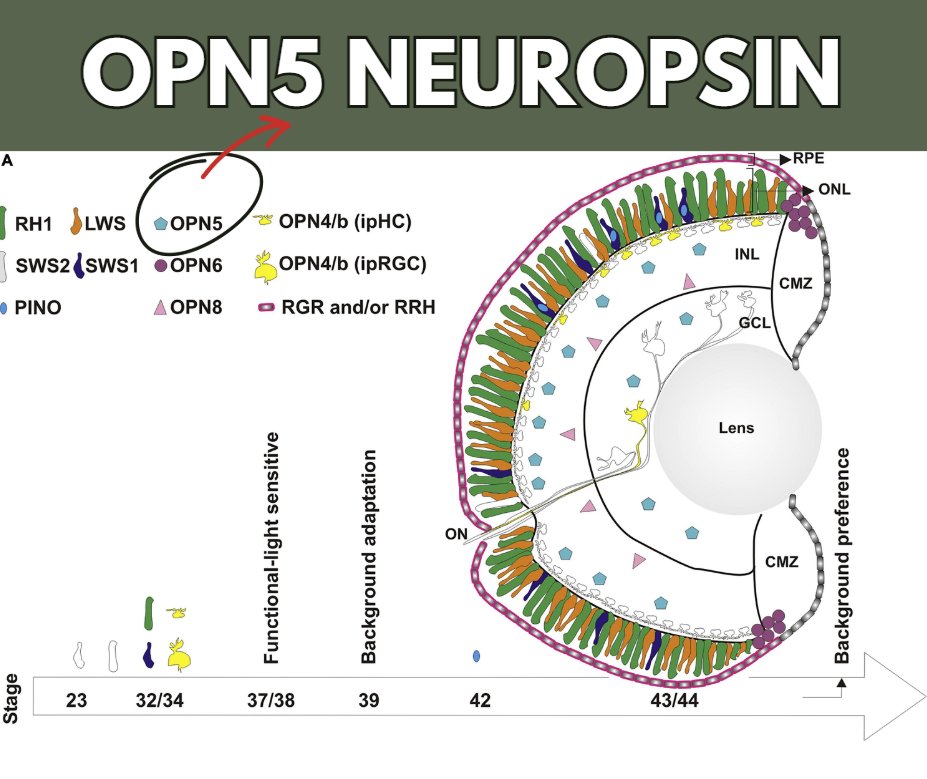
 What is Neuropsin?
What is Neuropsin?

 For starters, what is POMC?
For starters, what is POMC?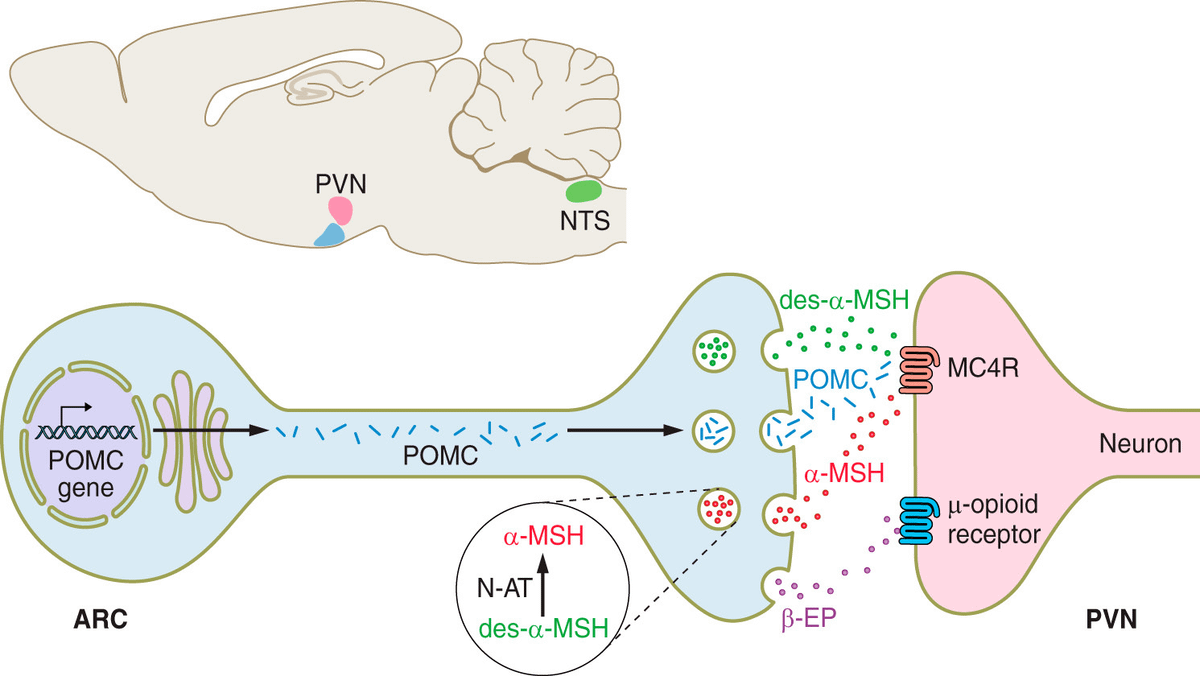

 When Red/NIR Photons Interact With Your Mitochondria:
When Red/NIR Photons Interact With Your Mitochondria: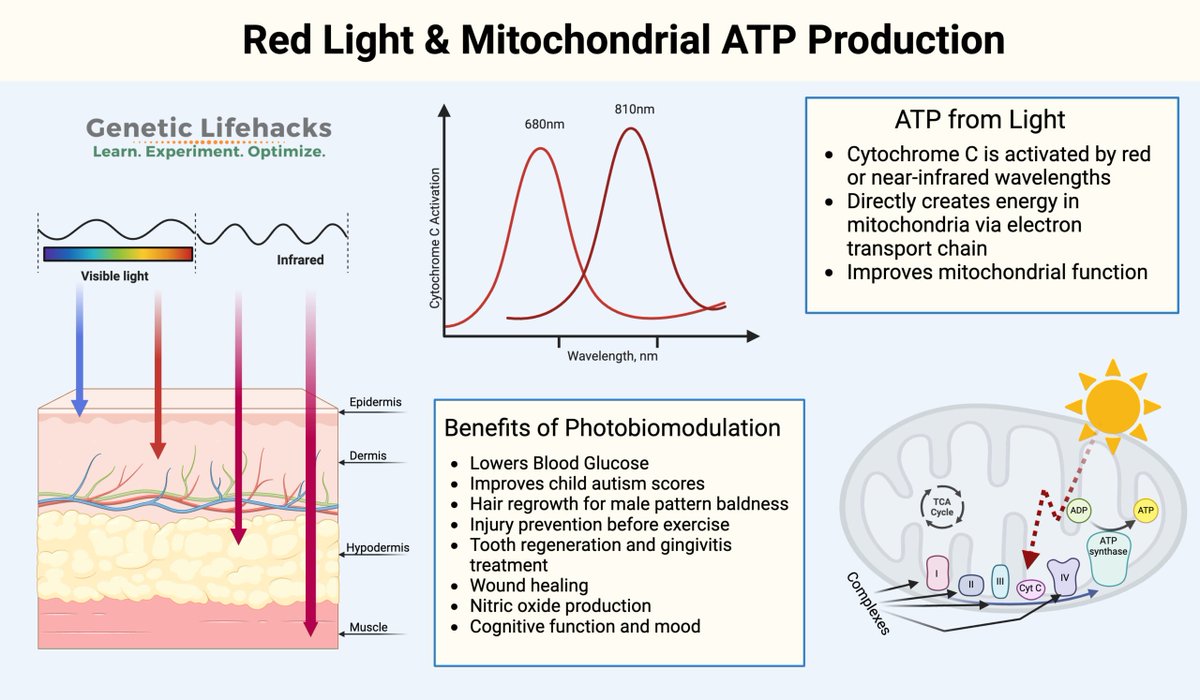
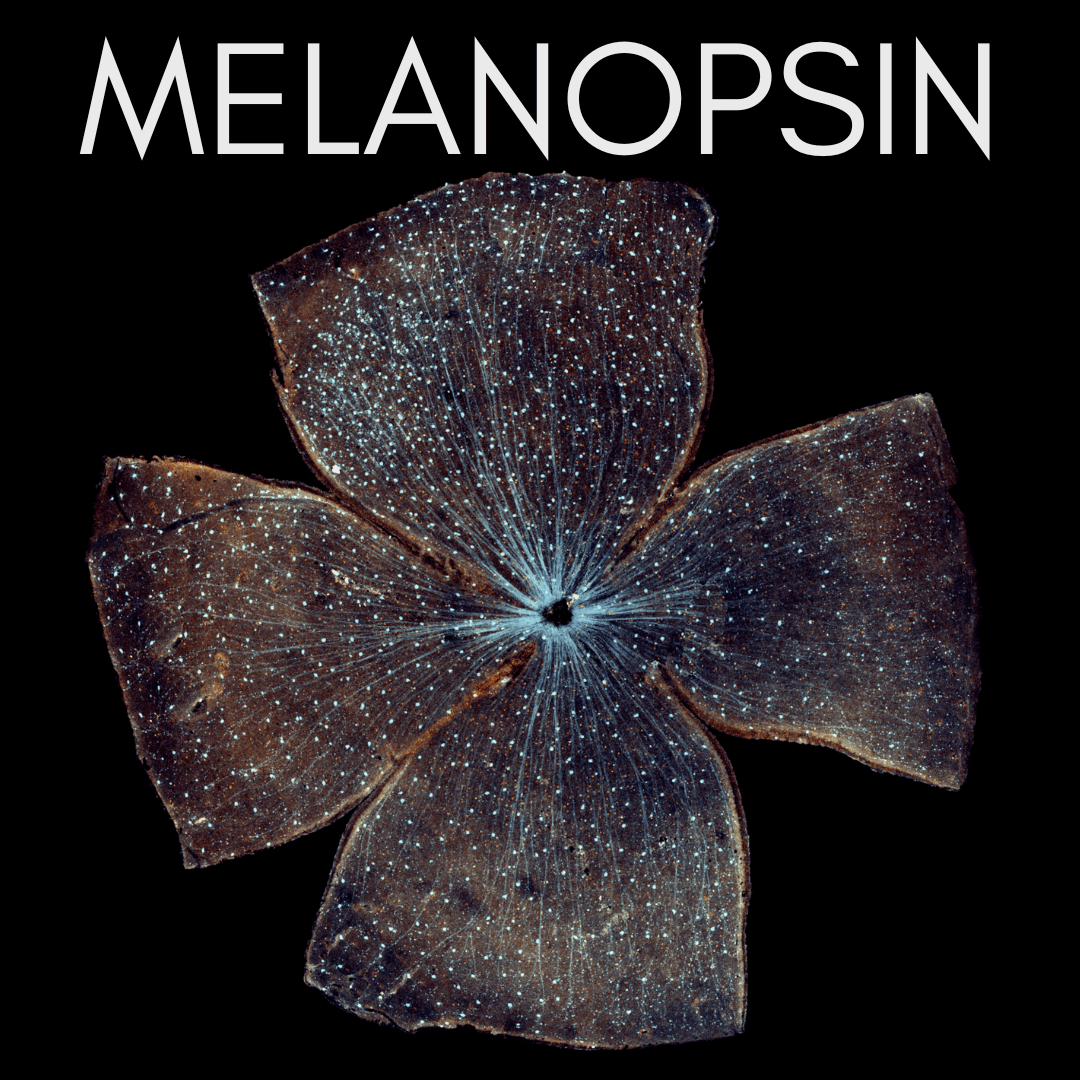
 First off, What is Melanopsin?
First off, What is Melanopsin?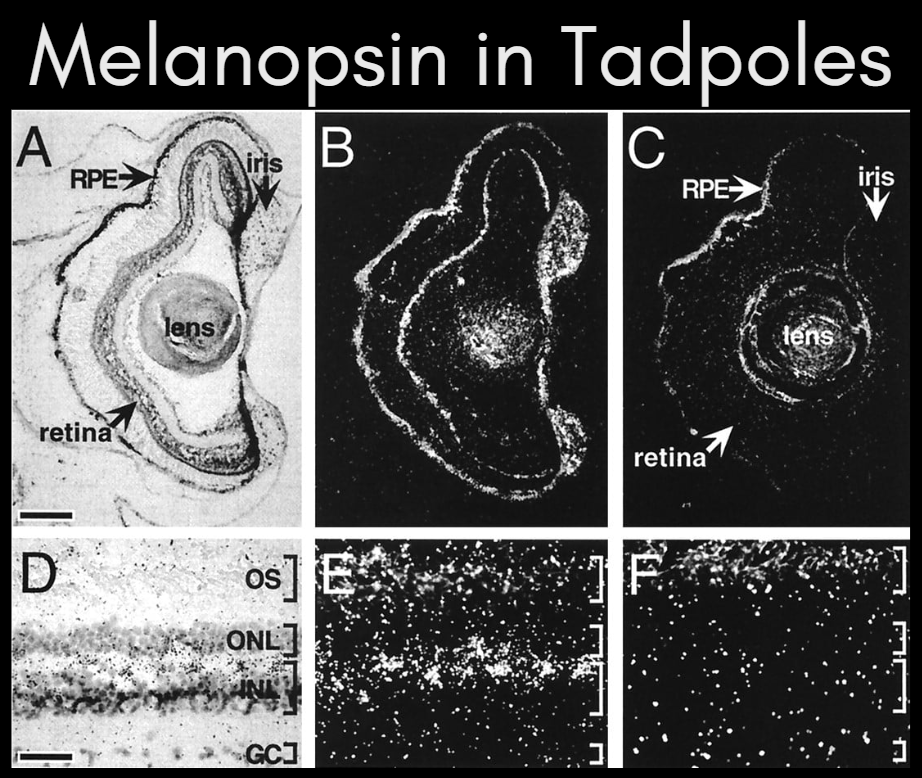

 First off, let's establish Vitamin A's role in vision
First off, let's establish Vitamin A's role in vision 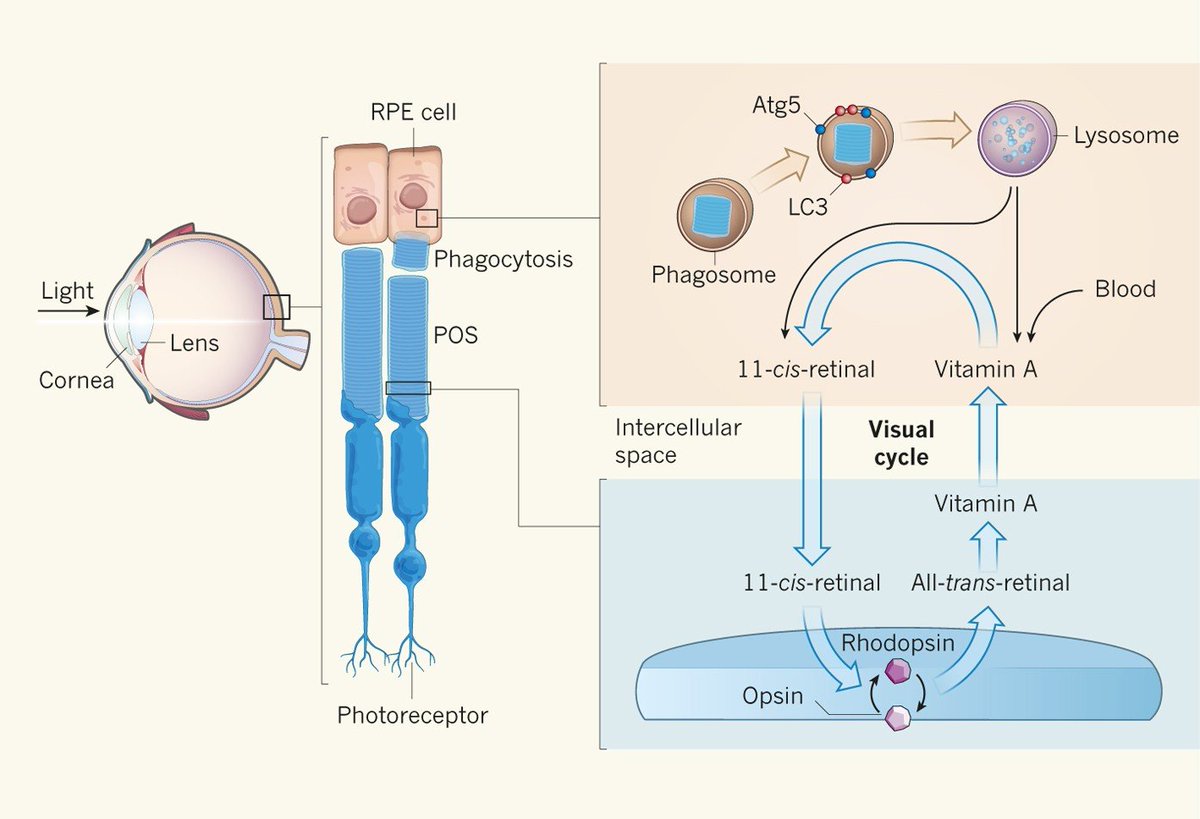
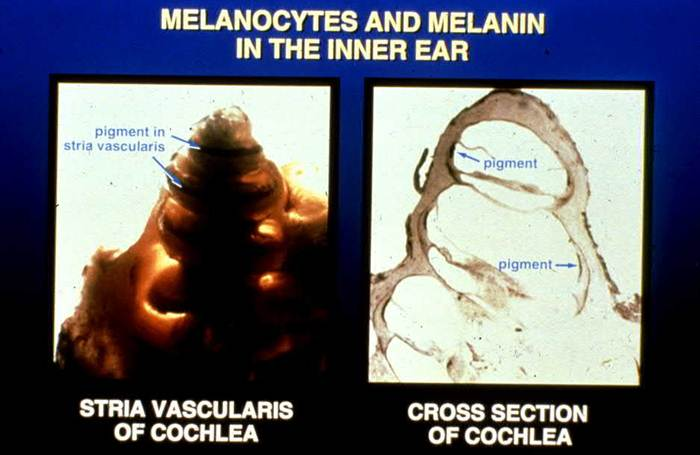
 Why is melanin so important?
Why is melanin so important?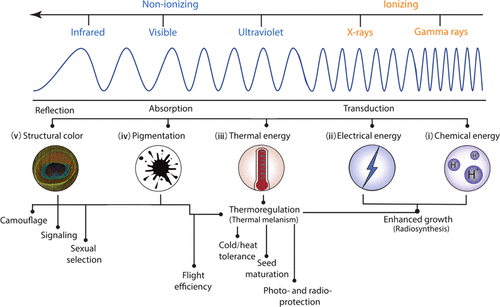
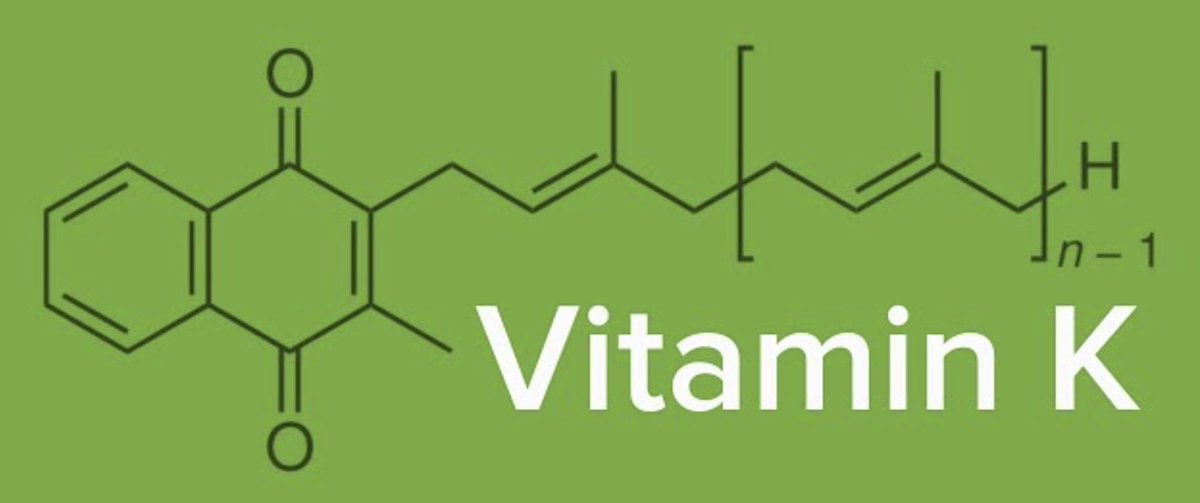
 Vitamin K-dependent proteins are known to play a role in the complement system
Vitamin K-dependent proteins are known to play a role in the complement system
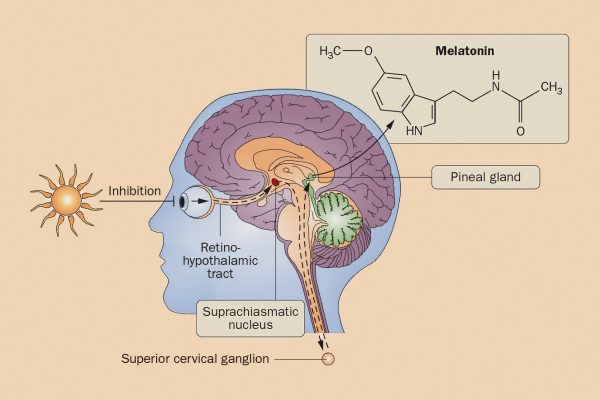
 Melatonin is an ancient molecule found in high concentrations throughout the body, existing in two pools:
Melatonin is an ancient molecule found in high concentrations throughout the body, existing in two pools: 
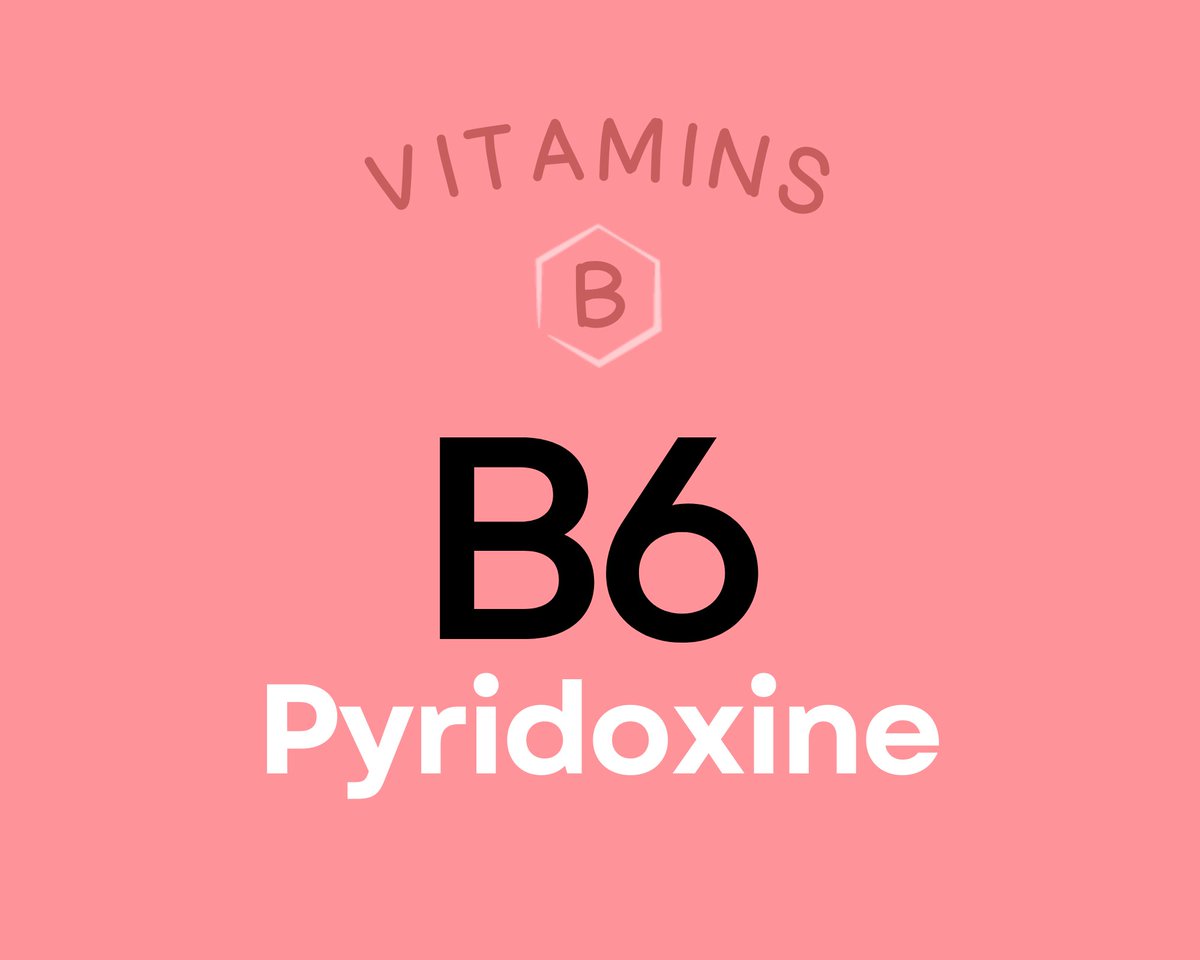
 Our brains rely heavily on Pyridoxal 5'-phosphate (PLP), the active form of B6, for the synthesis of neurotransmitters.
Our brains rely heavily on Pyridoxal 5'-phosphate (PLP), the active form of B6, for the synthesis of neurotransmitters.
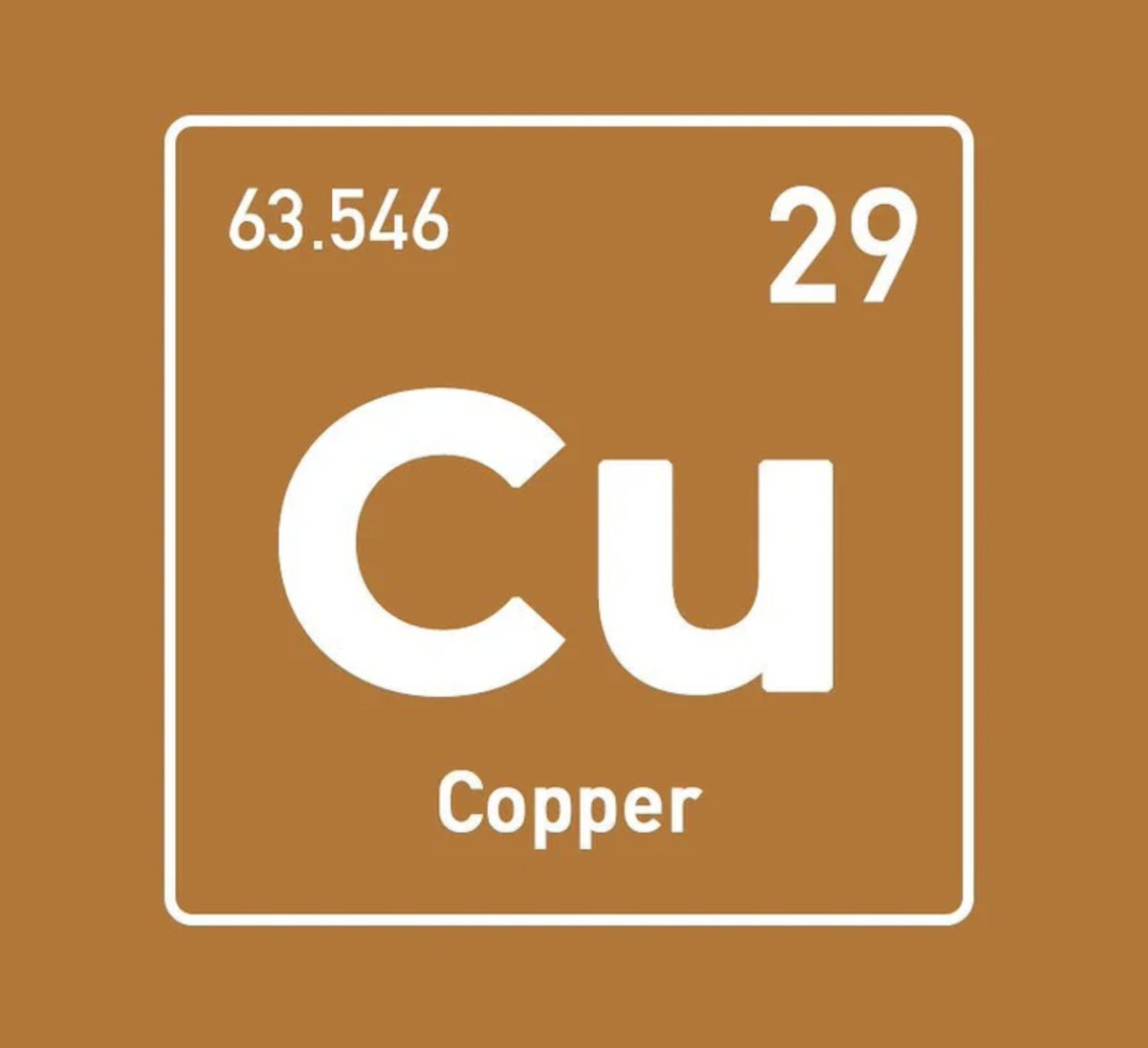
 Higher copper levels are associated with better cognitive performance.
Higher copper levels are associated with better cognitive performance.
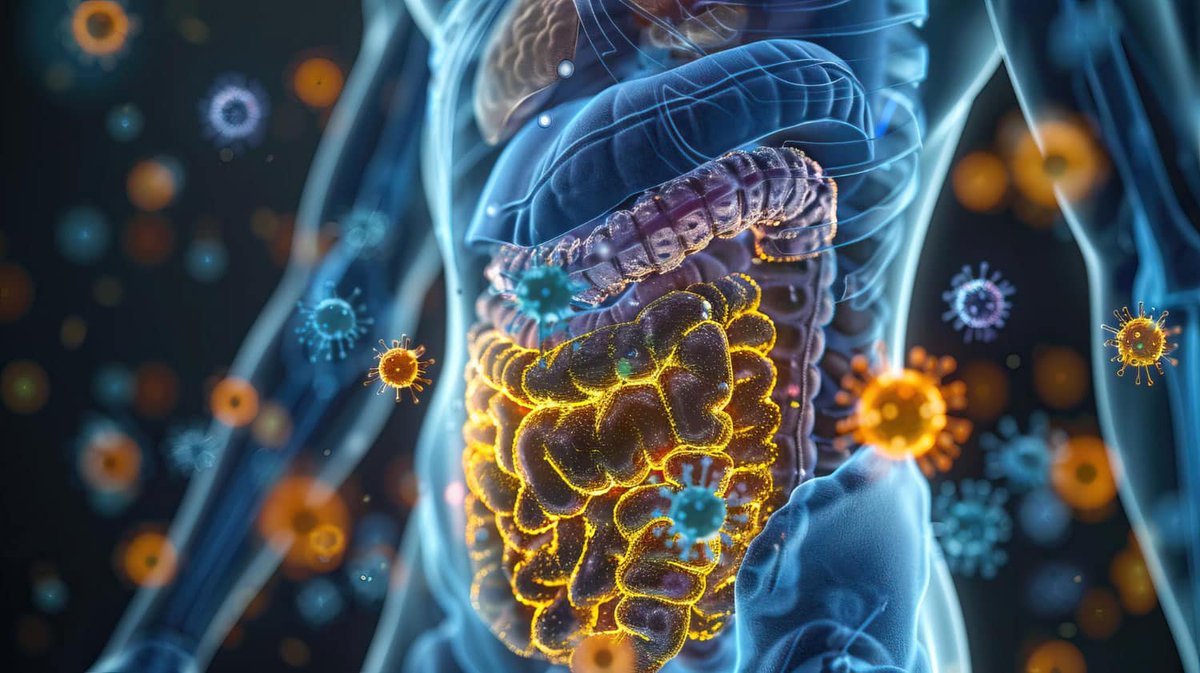
 Every external surface of your body has microbes on it.
Every external surface of your body has microbes on it.
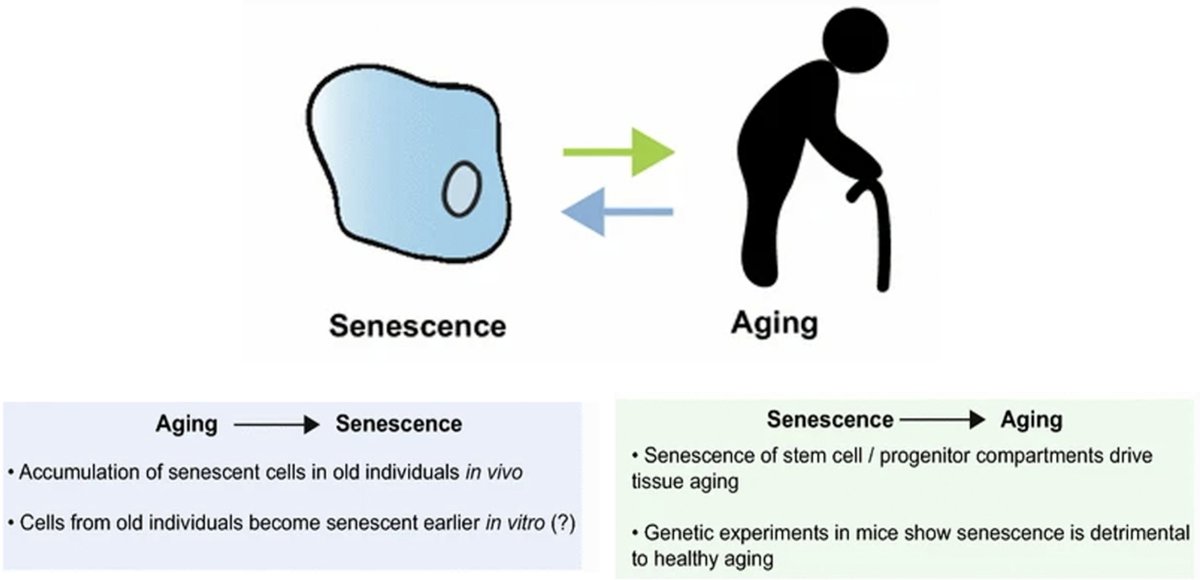
 Numerous markers indicate cells are getting old:
Numerous markers indicate cells are getting old:
 What is the lymphatic system?
What is the lymphatic system?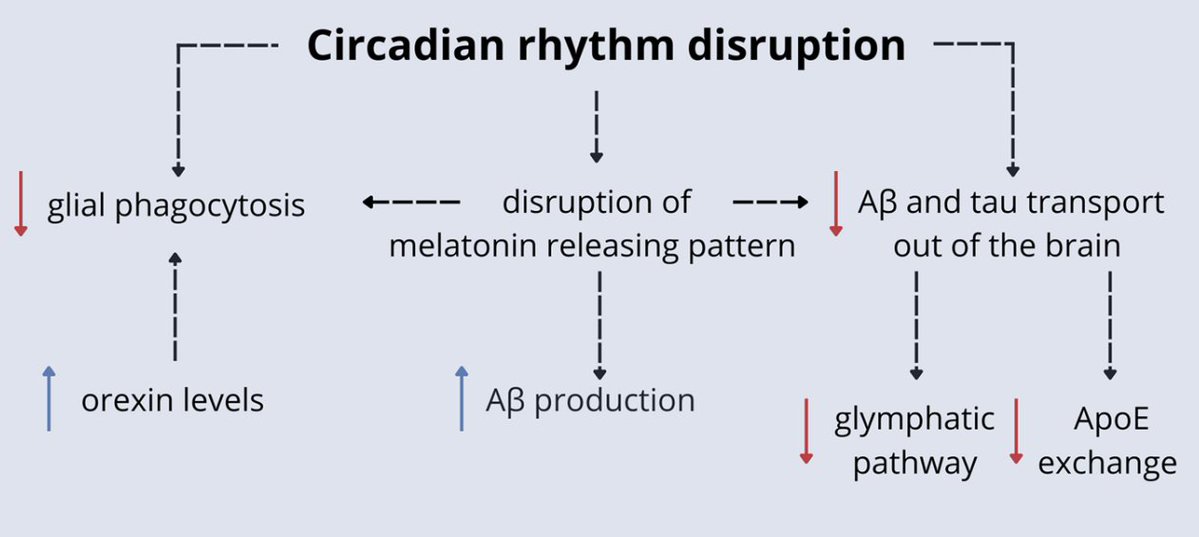
 What else gets disturbed by light at night?
What else gets disturbed by light at night? 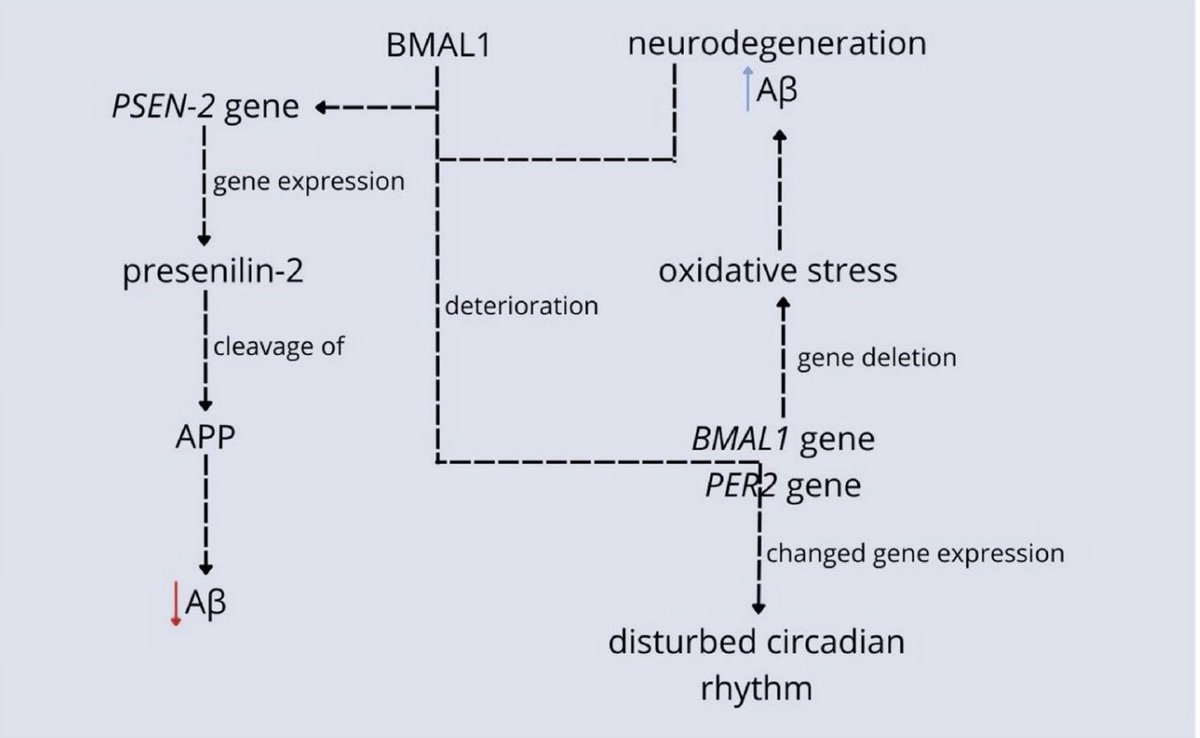
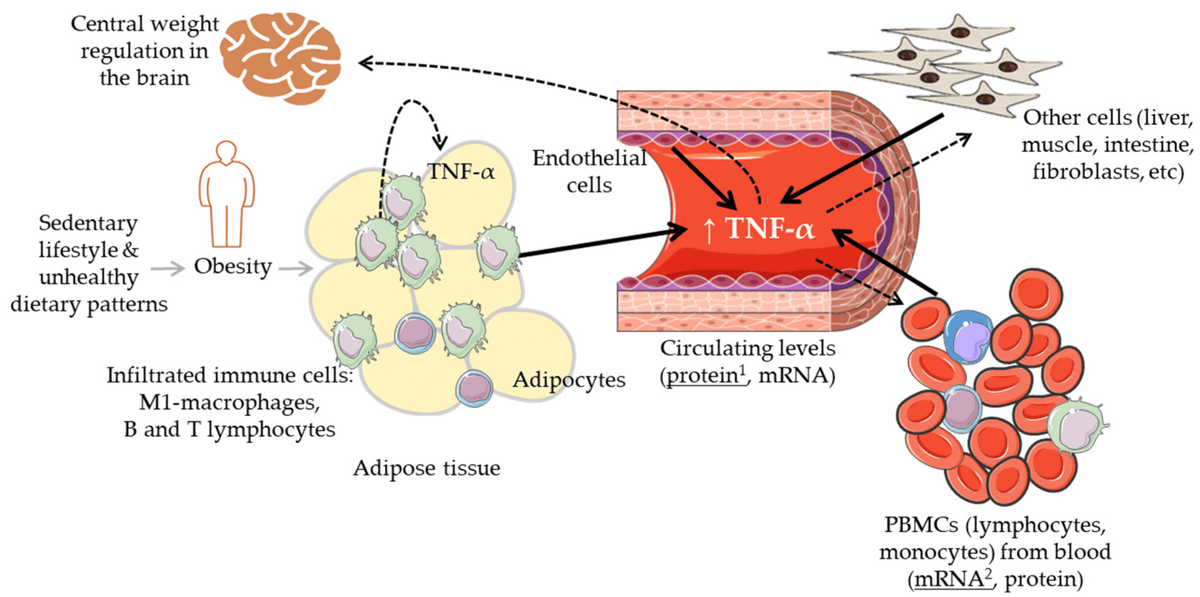
 What isTNF-α?
What isTNF-α?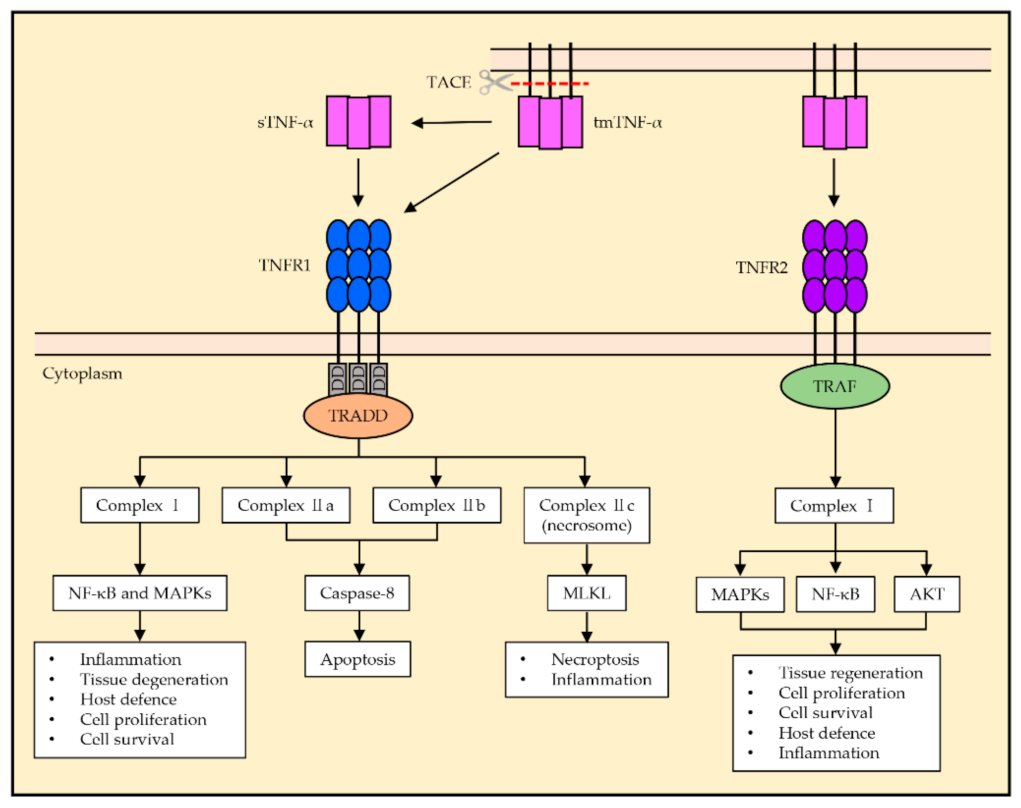
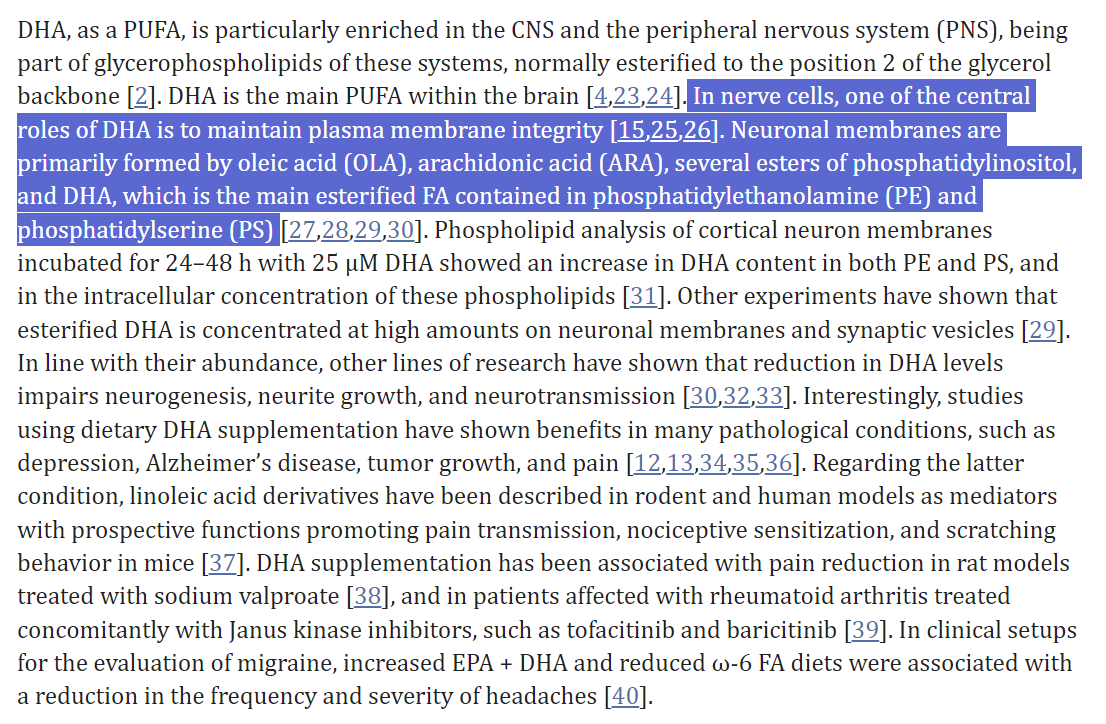

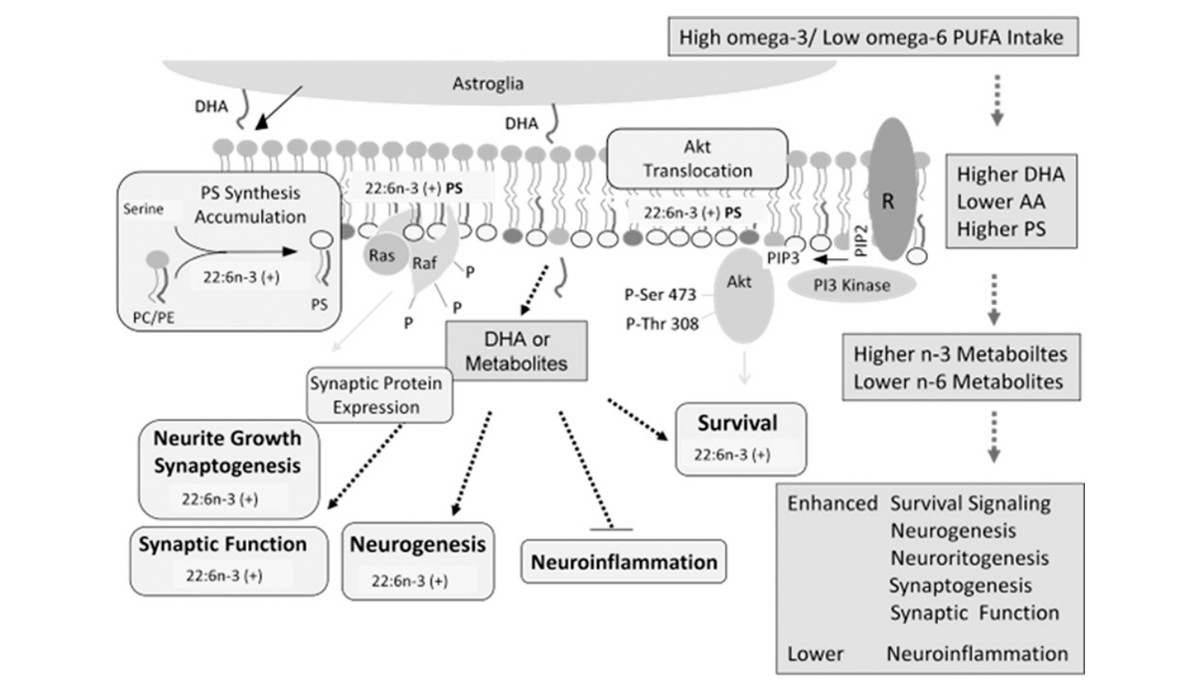 This study found that melatonin (MEL) and omega-3 fatty acids (ω-3) can protect hippocampal neuronal cells from 900 MHz EMF-induced damage.
This study found that melatonin (MEL) and omega-3 fatty acids (ω-3) can protect hippocampal neuronal cells from 900 MHz EMF-induced damage.
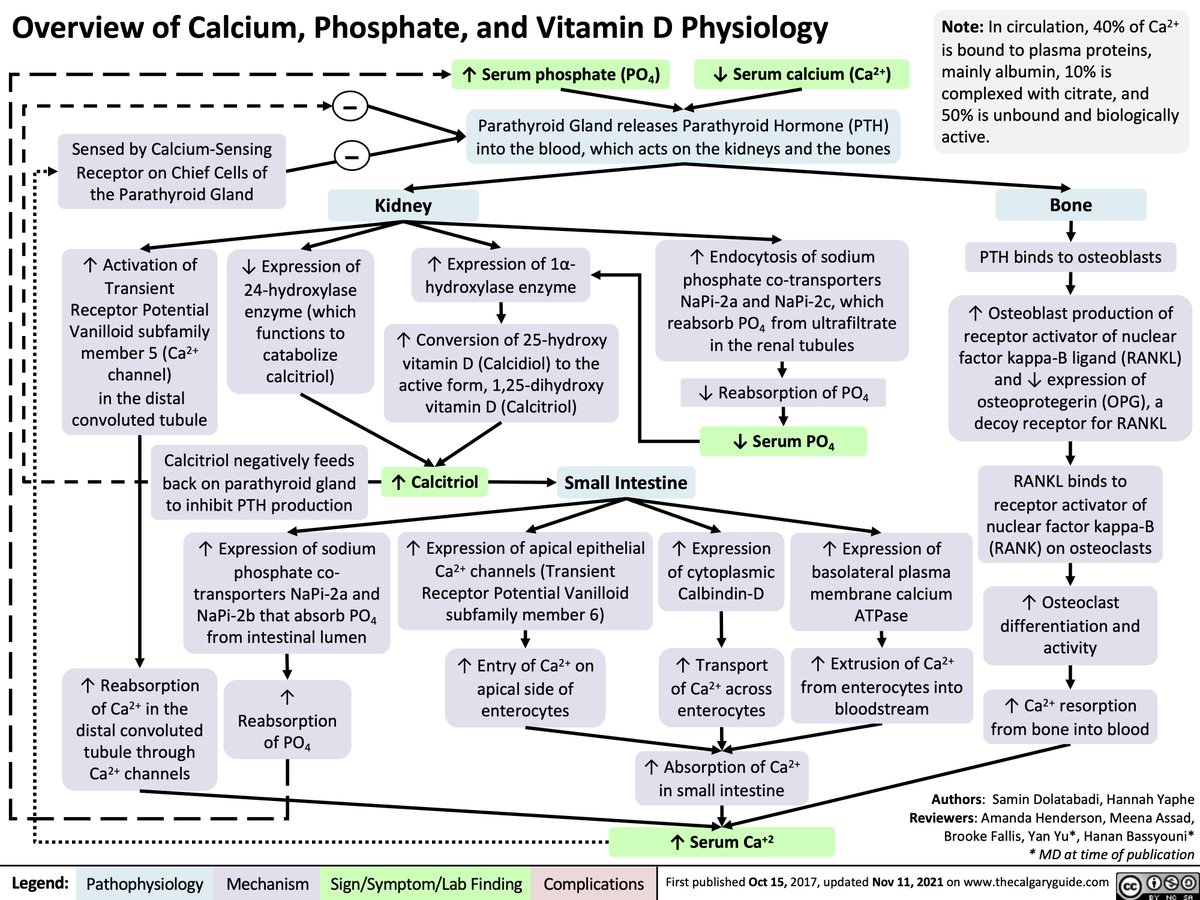
 Binding Mechanism
Binding Mechanism
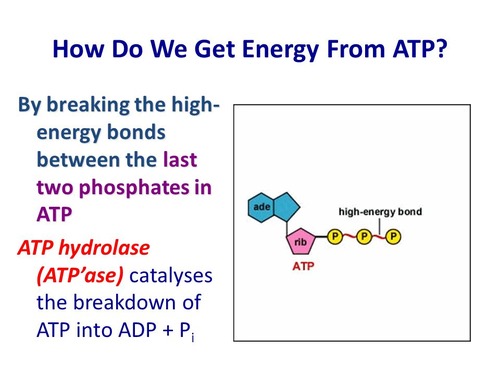
 ATP is made up of an adenine base, a ribose sugar, and three phosphate groups.
ATP is made up of an adenine base, a ribose sugar, and three phosphate groups.
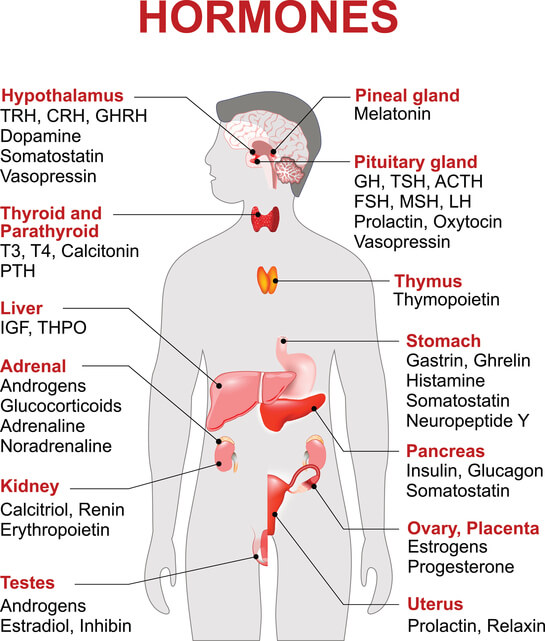
 What are Hormones?
What are Hormones?
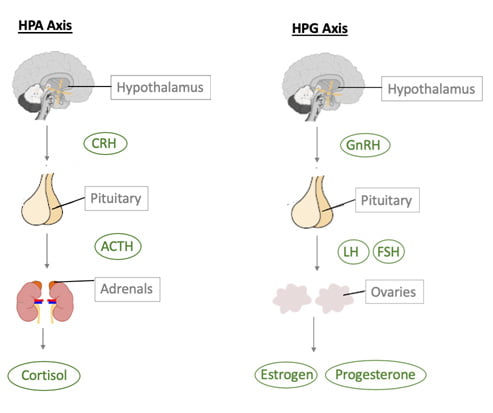
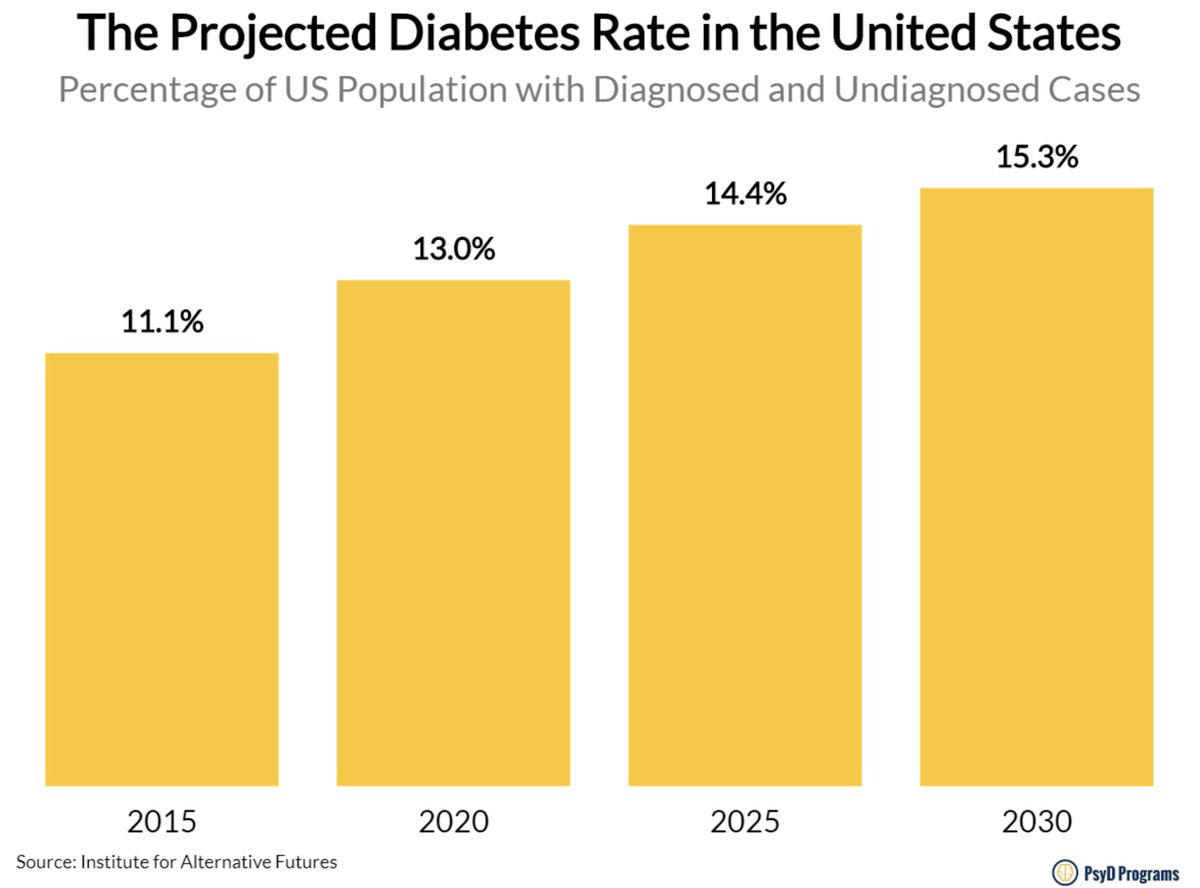
 Let's start with the basic "What is insulin?"
Let's start with the basic "What is insulin?"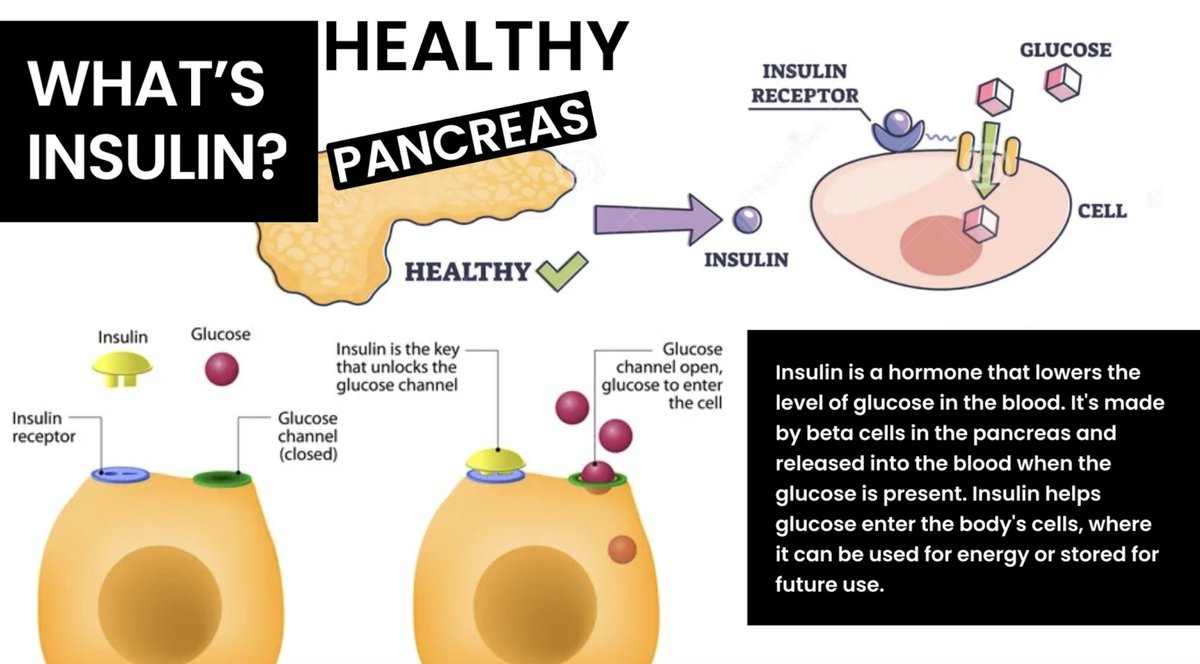
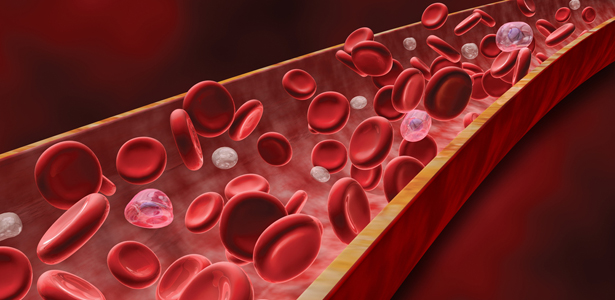
 A Complete Blood Count Test looks at:
A Complete Blood Count Test looks at: